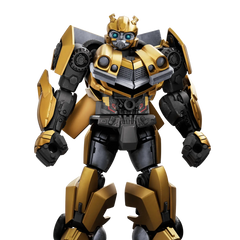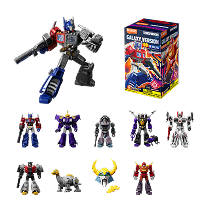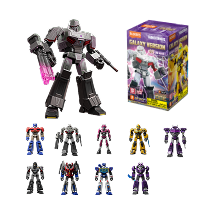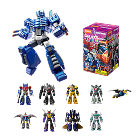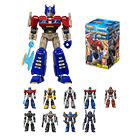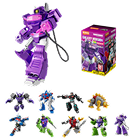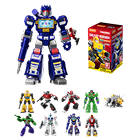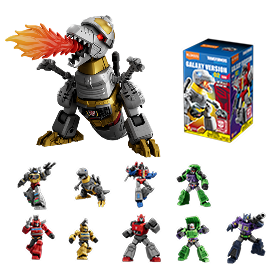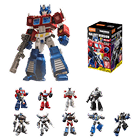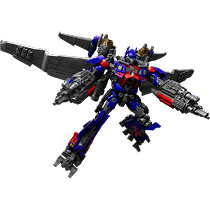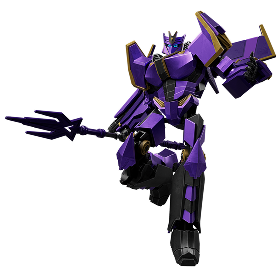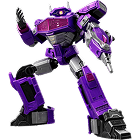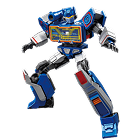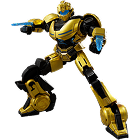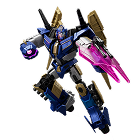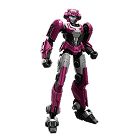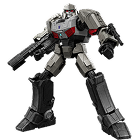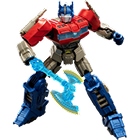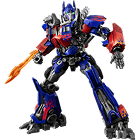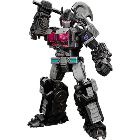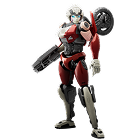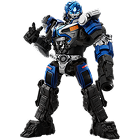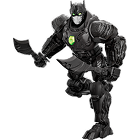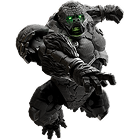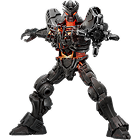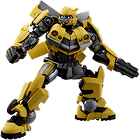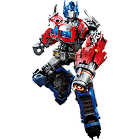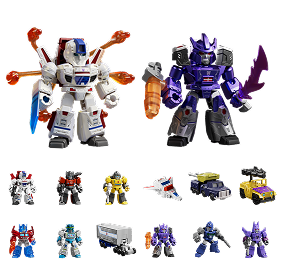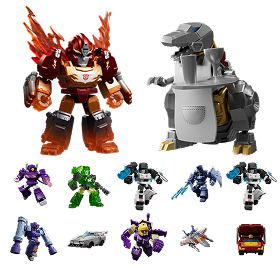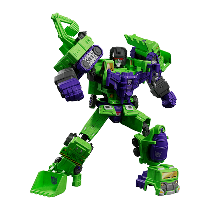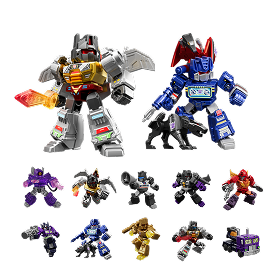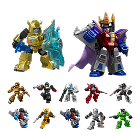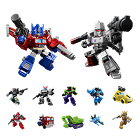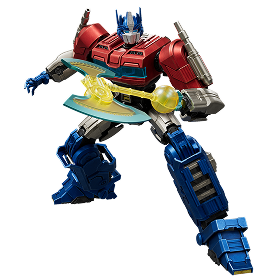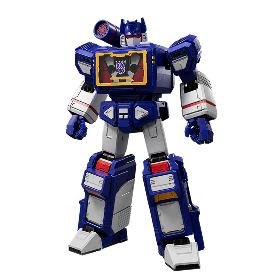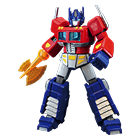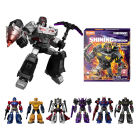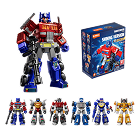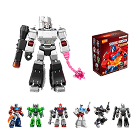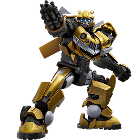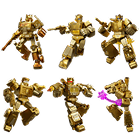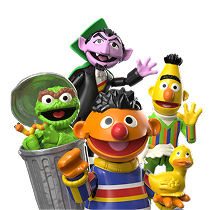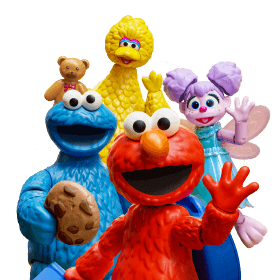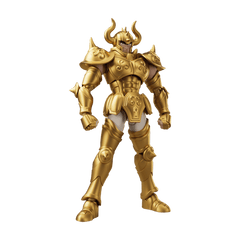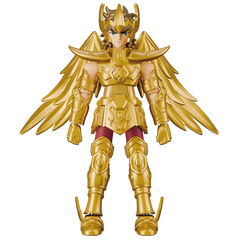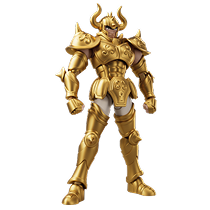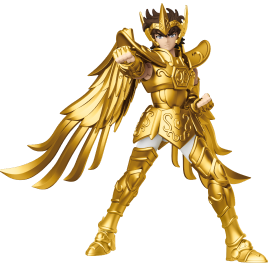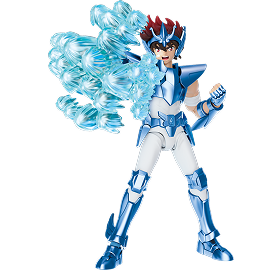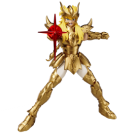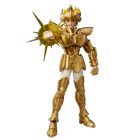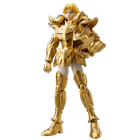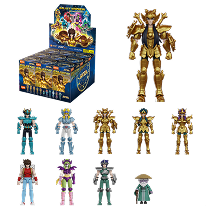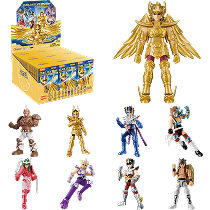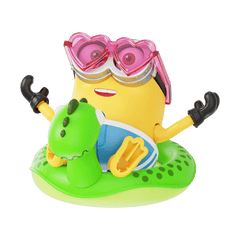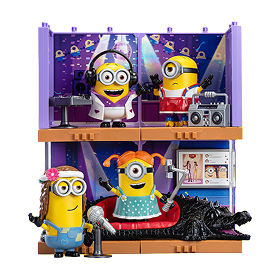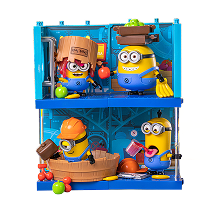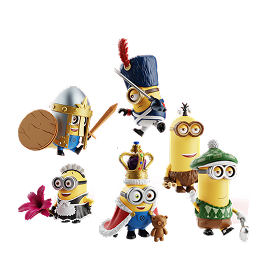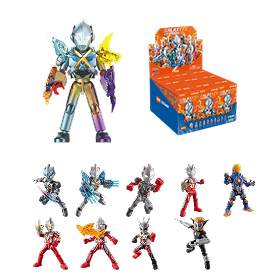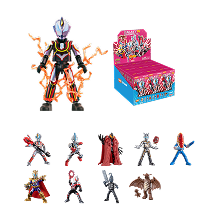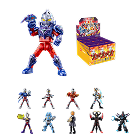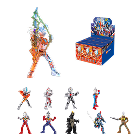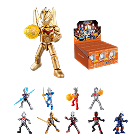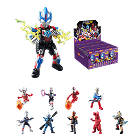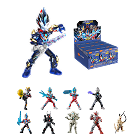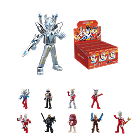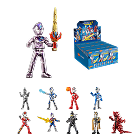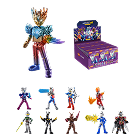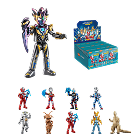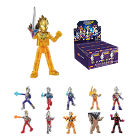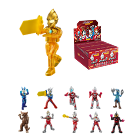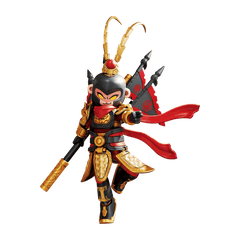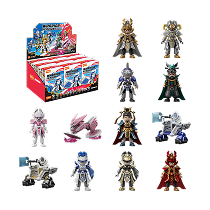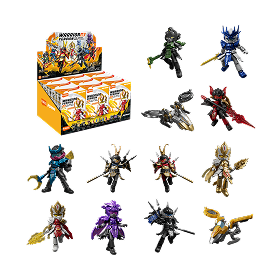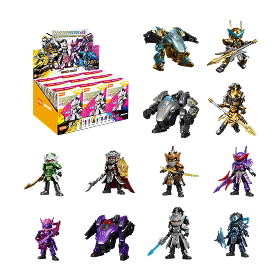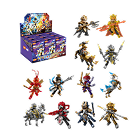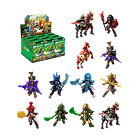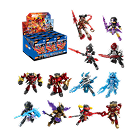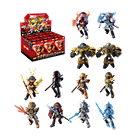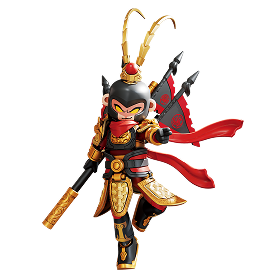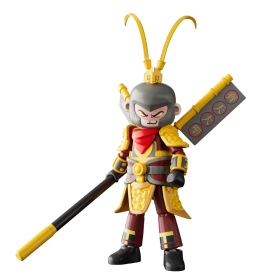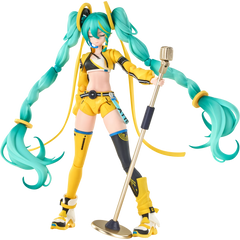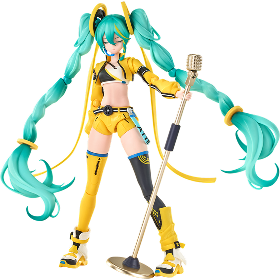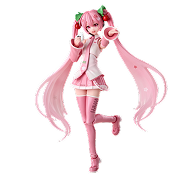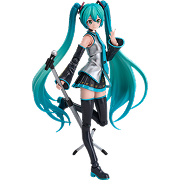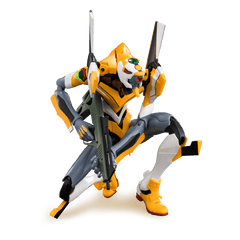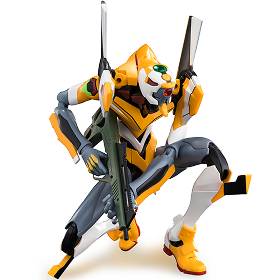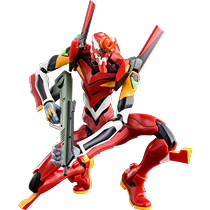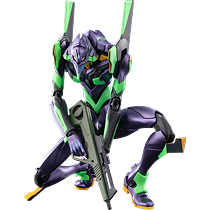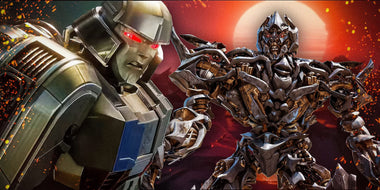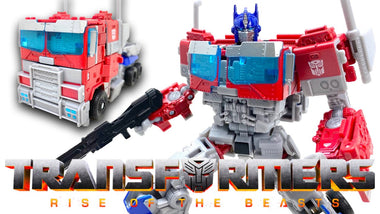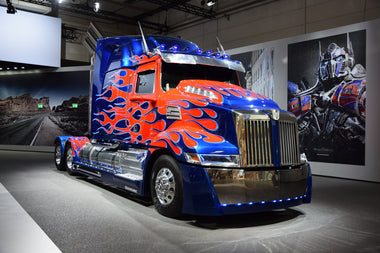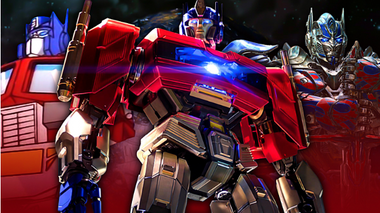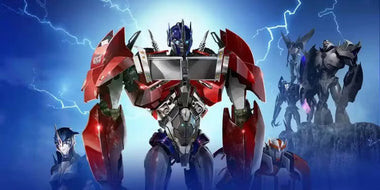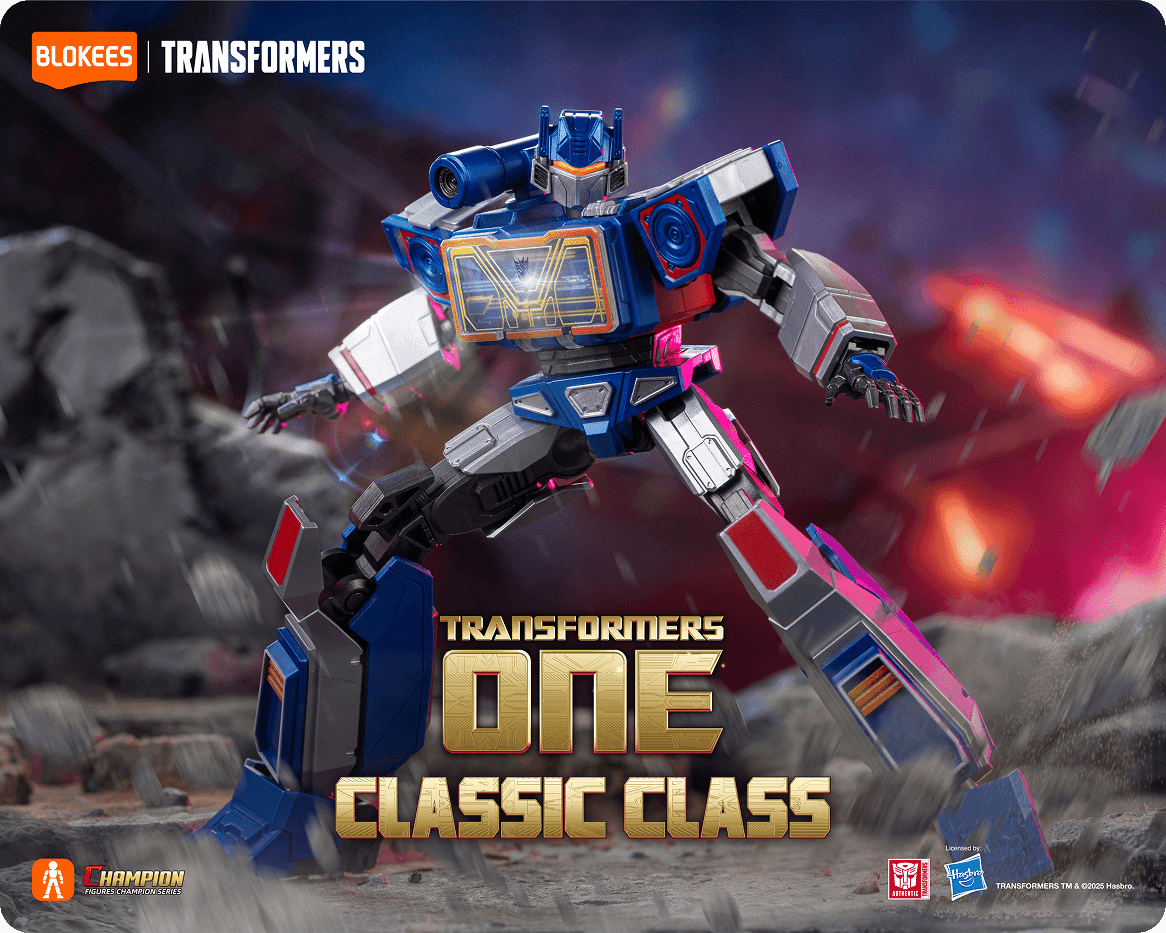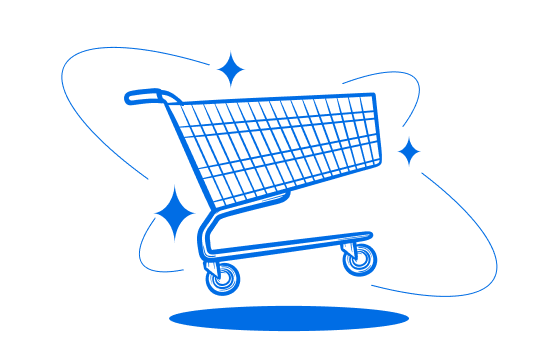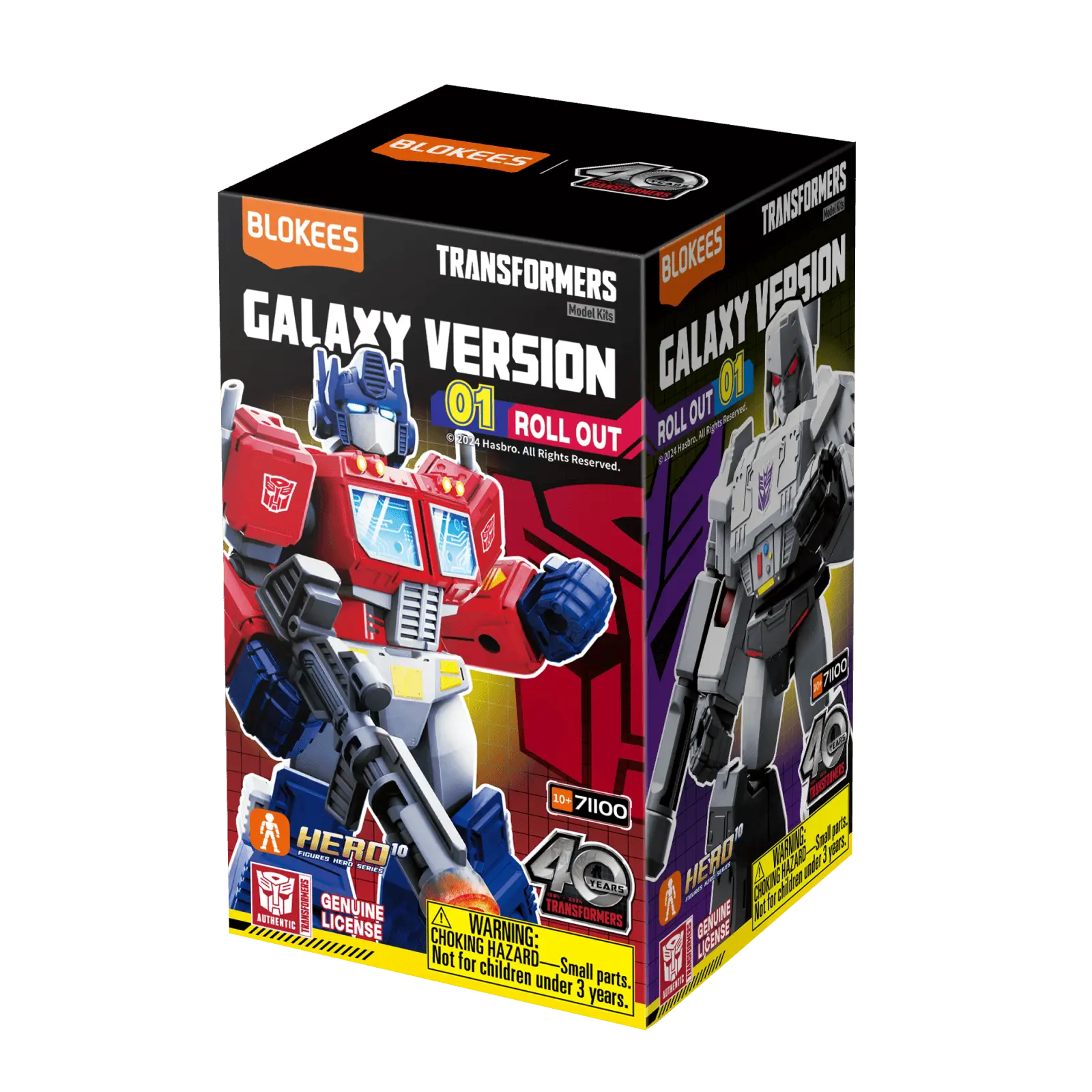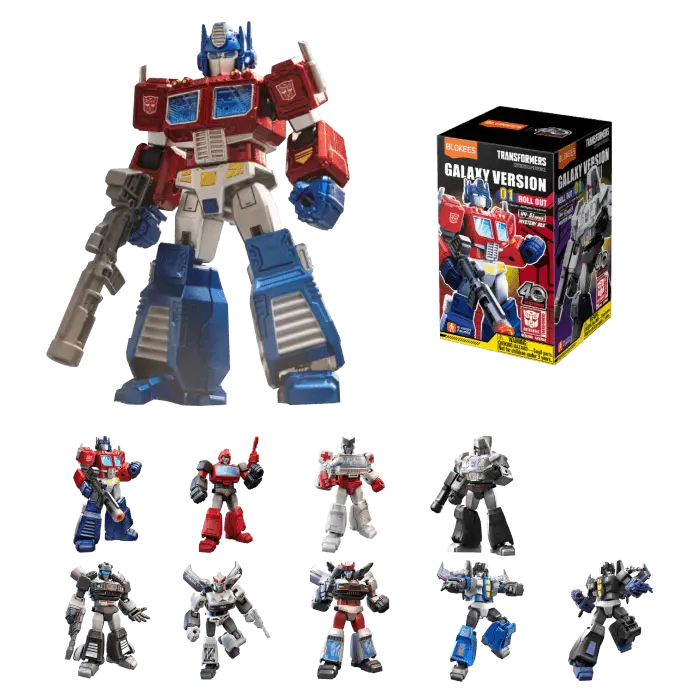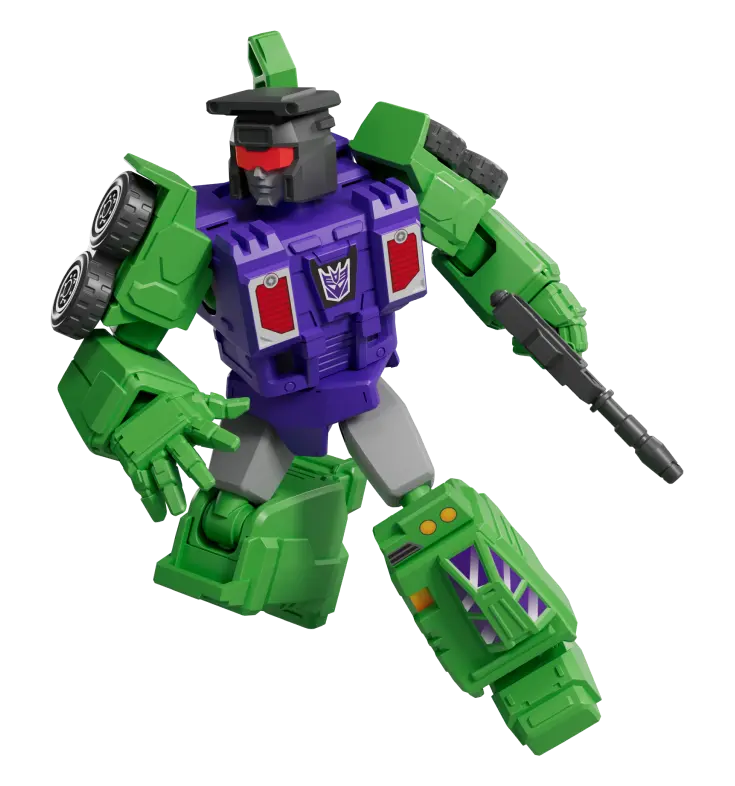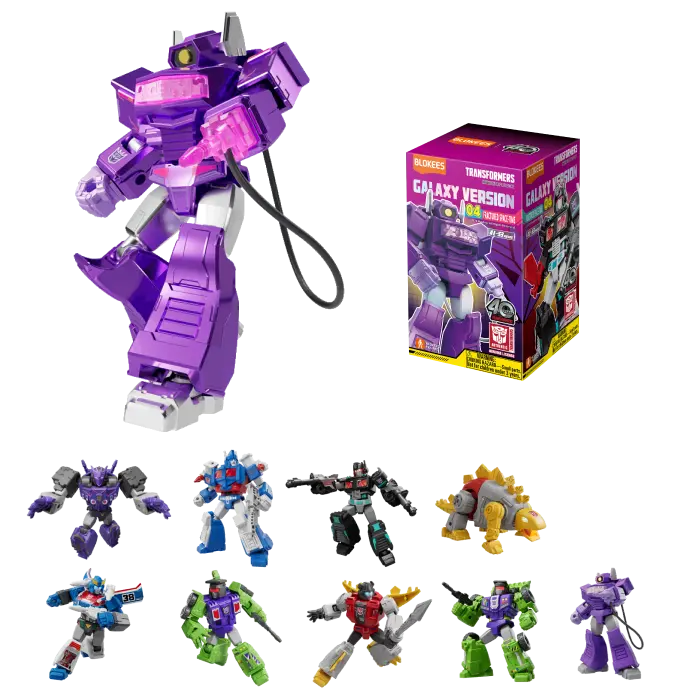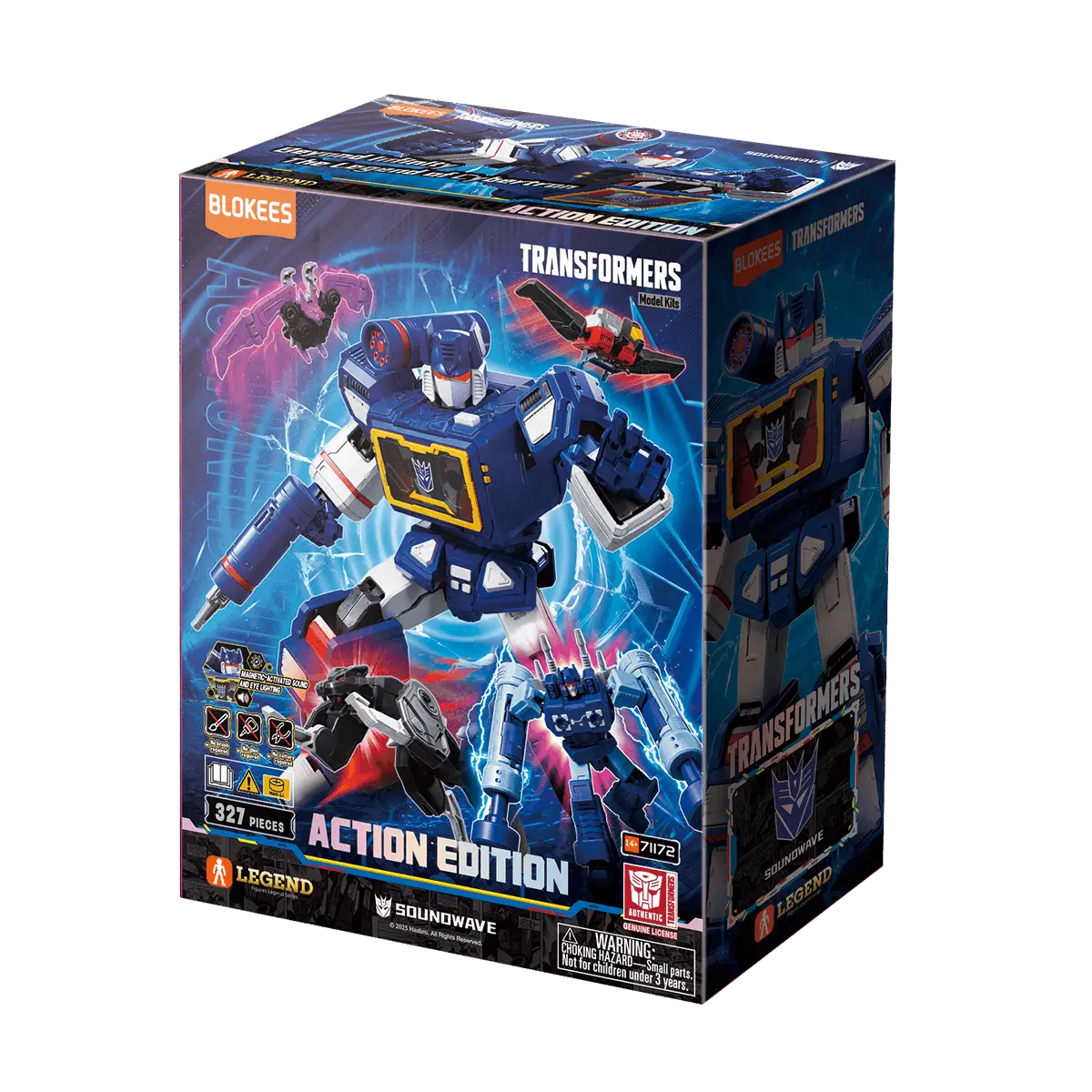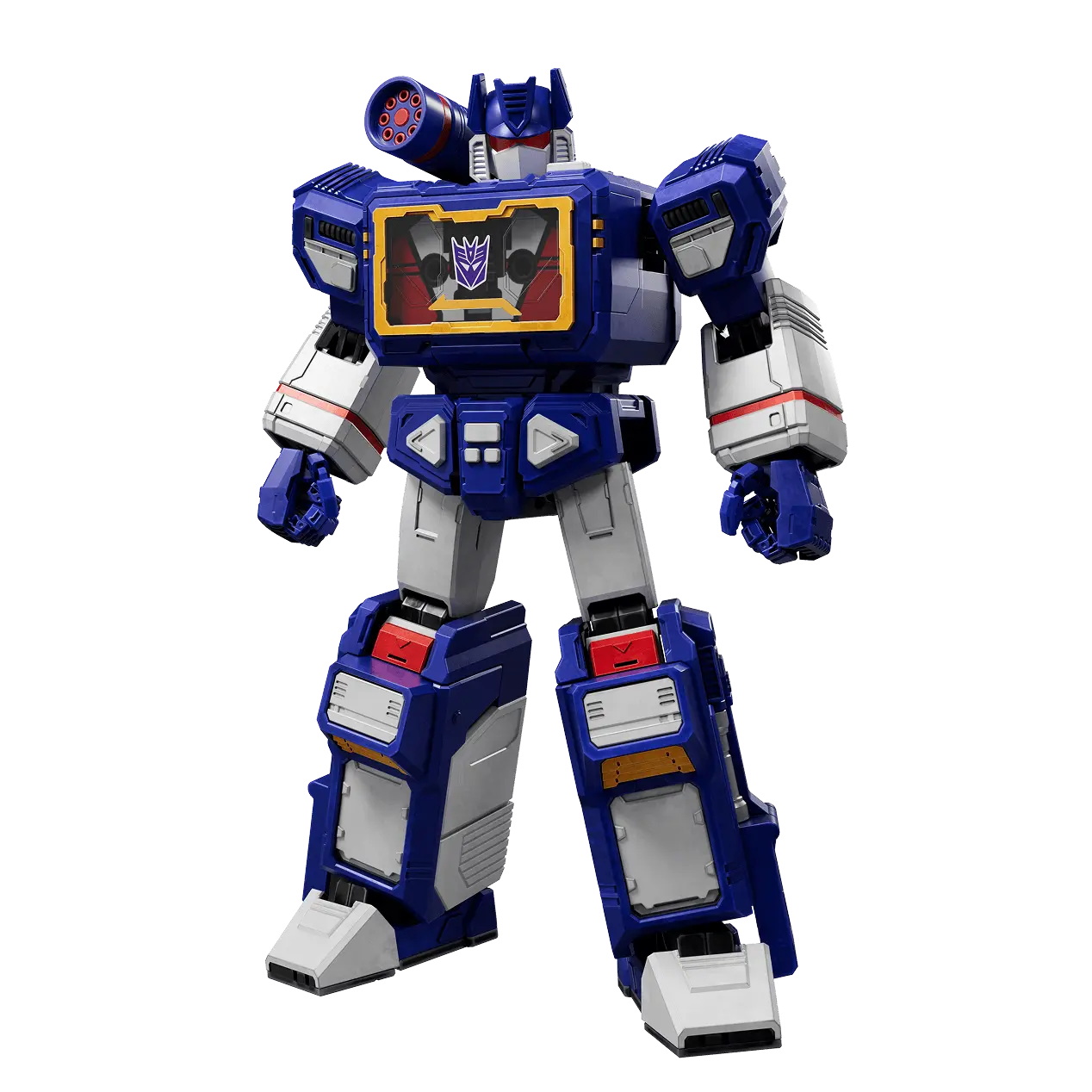Choosing the best toddler toys in today’s market is about more than bright colors and character recognition. The right toys support physical development, cognitive skills, and hands-on creativity, all while keeping safety and building integrity at the forefront.
The ideal toys are not only fun to use, they're thoughtfully constructed to encourage curiosity, storytelling, and independent play.
Buildable figures with visual accuracy, intuitive joint systems, and structured part layouts have become essential tools for early engagement. Designed with user-led assembly and dynamic posing in mind, these toys offer more than entertainment; they build confidence through design.
Why Toy Selection Matters for Development
The best toys for toddlers focus on more than simple play. A toy’s structure can affect how a child engages with space, how they problem-solve, and how they use their hands and imagination. Toys that allow for part-by-part interaction, where each component locks together help toddlers build confidence through visual progress.
With kits that feature 20+ movable joints, swappable accessories, and easy-to-follow build instructions, children get the satisfaction of completing something physical while learning how things move and connect. That’s the foundation of early STEM development through play.
Choosing the best toddler toys is more than just finding something fun. It’s about selecting products that support early development, encourage movement, and offer interactive play that keeps children engaged. In 2025, the shift toward toys that combine hands-on creativity with clean, safe construction has reshaped how we define quality.
The most effective toys now balance structured play with open-ended imagination. They introduce basic coordination through modular parts, support safe assembly without tools, and introduce recognizable characters with thoughtful articulation. The goal is not just to entertain but to help toddlers explore how things fit together, move, and tell stories.
Why Toy Selection Matters for Development
The best toys for toddler development aren’t always the flashiest. They’re simple, intuitive, and purposefully designed to guide small hands through a process. Toys that feature visual instruction, clean part shapes, and snap-fit systems allow children to connect structure with motion.
When toddlers engage with toy builds that focus on connection points, symmetry, and pose, they begin to understand concepts like balance, direction, and repetition. This sets a foundation for motor skills, pattern recognition, and object permanence.
What This Guide Includes: Build, Safety, Play Value, and Creativity
In the sections ahead, this guide explores how modern modular figures especially those with 20+ movable joints offer more than passive play. You’ll see:
- How snap-fit designs encourage motor coordination
- Why no-glue, no-paint construction supports safety and independence
- What articulation teaches about movement
- How accessories like stands and pose-ready limbs contribute to display and repeat play
Building Confidence Through Hands-On Assembly
Play becomes more meaningful when children are part of the building process. Today’s best toddler toys don’t arrive pre-assembled, they invite children to connect parts, recognize patterns, and complete something with their own hands. This approach builds confidence and turns each toy into a small accomplishment.
Snap-Fit Systems That Support Independent Play
Every figure in the build series at Blokees is designed with a snap-fit system. That means each piece is pre-shaped to connect without the use of tools, glue, or cutting instruments. This clean approach lets toddlers assemble with guidance while still leading the process themselves.
How Tool-Free Construction Enhances Motor Skills
By assembling 20+ pre-formed pieces by hand, toddlers strengthen fine motor coordination, finger control, and spatial reasoning. Every time a piece clicks into place, the child gains more confidence in both movement and task completion.
The figures include fully rotating limbs, pose-ready feet, and accessory attachments that require grip, rotation, and alignment, helping toddlers refine hand strength and bilateral coordination in a playful, engaging way.
Examples from Figures Like Optimus Prime and Megatron
Two current examples featured in the Classic Class series are ideal demonstrations of what modern modular toys can achieve.
The build process behind the Optimus Prime figure includes pose-ready arms, swappable hand parts, and light-up action features. The visual instructions guide builders through torso alignment and pose setup without overcomplicating the structure.
Likewise, the Megatron figure supports articulation with interchangeable components. The process includes assembling the figure's head, arms, and accessories in sections, helping users follow a sequence of moves that leads to a articulated display-ready result.
The Role of Visual Design in Early Play
Design plays a major role in how children engage with toys. The best toddler toys balance character recognition with visual simplicity, creating figures that are not only fun to look at but also easier to assemble, handle, and play with. Visual clarity supports faster identification, better part orientation, and a stronger connection between builder and character.
Movie-Accurate Detailing and How It Supports Recognition
Familiarity enhances engagement. Figures such as the current builds modeled after popular characters include movie-accurate armor segments, facial structure, and weapon shapes. These traits help toddlers and early learners recognize who they’re building, encouraging deeper emotional connection during play.
When children build a character they know, like a team leader or commanding rival, they’re more likely to follow through on the assembly and explore the figure's personality through pose. This recognition makes playtime more immersive and less abstract.
Simplified Construction Paired with Expressive Figure Styles
The construction process across the current lineup is simplified for clarity, but the resulting figures are expressive and bold. Assembly steps are broken into visual stages starting from torso assembly, then moving to limbs and accessories.
Once completed, each figure presents a well-defined pose, with jointed limbs, balanced stance, and distinct silhouette. Expressive designs allow toddlers to imagine motion, emotion, and interaction key elements in play-based development.
Color Contrasts, Part Clarity, and Themed Design Elements
Each figure uses clear part separation and high-contrast coloring to make assembly intuitive. Components such as arms, legs, head, and accessories are segmented in a way that reinforces how different body parts function.
These contrasts help toddlers visually map where each piece belongs, supporting visual-motor connection. Themed elements like a recognizable head crest, arm-mounted gear, or glowing core help reinforce elements while keeping focus on structural simplicity.
Design That Encourages Imaginative Movement
Poseable action figures help toddlers explore motion and character expression. Movement becomes a way to engage with the toy beyond building one that enhances, sensory awareness, and mechanical understanding.
Why 20+ Articulation Points Matter for Toddler Engagement
Modern build kits include 20+ articulation points, offering freedom to move joints independently. Figures can lift an arm, bend a knee, rotate at the waist, or tilt their stance. This flexibility introduces toddlers to physical cause and effect.
When a leg bends or an arm raises, it’s a direct response to the child’s actions. It's a play that reinforces real-world motion teaching balance, symmetry, and functional design all through intuitive adjustments.
Arms, Legs, and Movement-Based Learning Through Pose
When toddlers place a figure’s foot forward or pose it in a hero stance, they’re learning about body mechanics. Arms are shaped with snap-in elbows, shoulders can extend or rotate, and hips adjust to help stabilize a pose.
These movements are more than action; they support learning through interaction. Toddlers explore how one change affects the rest of the pose, encouraging thought about balance and space.
Pose-Based Storytelling and Sensory Understanding
Once a figure is built and posed, it becomes a character in motion. Swapping hand parts, adjusting a stance, or switching between accessories encourages toddlers to develop a narrative. One pose might signal a battle. Another might be mid-speech. Every change builds confidence and interpretation skills.
These micro-decisions support storytelling, social-emotional development, and spatial memory all through a clean, physical toy experience.
Choosing Toys That Build Skills and Fun Together
The most effective toddler toys aren’t just entertaining, they're educational, thoughtfully constructed, and designed to grow with the child’s interest and coordination. From clean, snap-fit assembly to character-driven articulation and visual clarity, modern figure kits offer a hands-on introduction to how motion, balance, and structure work.
Figures built with 20+ movable joints provide more than just motion; they deliver replayable value, pose-based storytelling, and display-worthy results. Structured kits with easy-to-follow instructions, pre-formed parts, and character-linked accessories help toddlers feel successful as they create something that’s both familiar and functional.
Toys that emphasize movement, assembly, and safe design form the perfect balance of skill-building and imaginative play. Whether focused on a commanding leader or rival strategist, the construction, movement, and display of each figure contribute to both motor development and fun.
Frequently Asked Questions
What makes a toy suitable for building and motor development?
Toys that use snap-fit construction and 20+ articulation points allow children to practice grip strength, alignment, and movement all without the need for tools or glue.
Are these figures good for visual-motor learning?
Yes. Each part is designed for clear visual identification, and parts like arms, legs, and torso pieces are shaped to promote orientation, sequencing, and completion confidence.
How do these toys support replay and ongoing engagement?
With multiple joints and modular parts, each figure can be reposed, equipped, or displayed in new ways. This makes the figure a dynamic part of the play area, not a one-time use toy.
Can accessories and stands be used as learning tools?
Yes. Stands help with pose stabilization and symmetry, while interchangeable parts offer tactile options that build focus, continuity, and expressive play.
Where can I explore these types of build-ready toys online?
These kits are part of the structured figure collection, available through the official toy line currently offered in the modular robot series.






